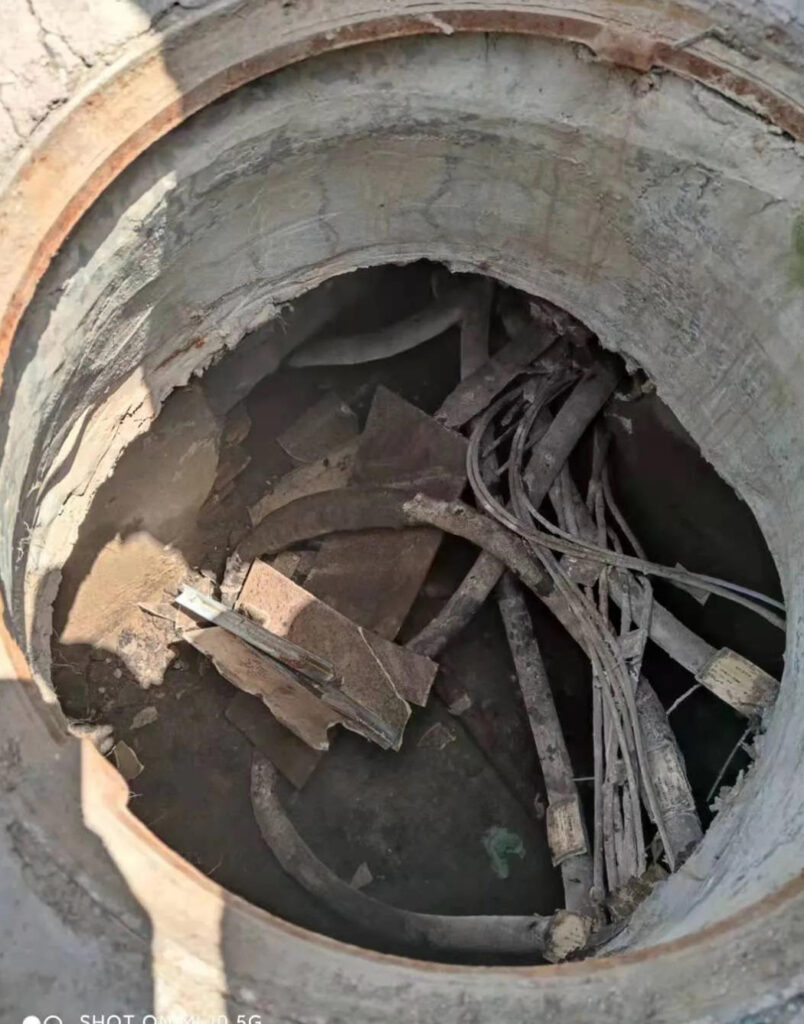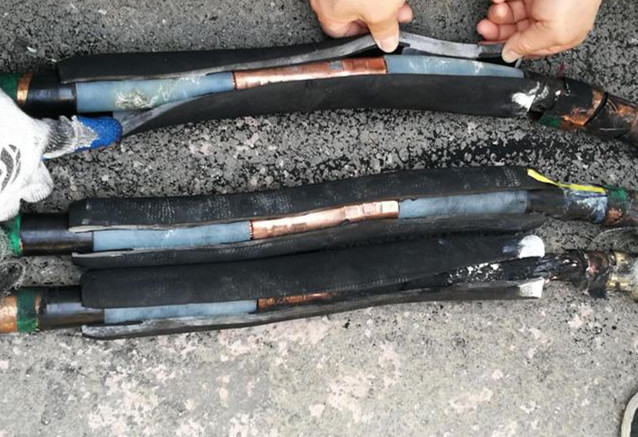To analyze the cause of the fault, first of all, we need to investigate the field situation of the fault and check the real fault, and collect the following installation and operation data.
(1) inspection and analysis of AAAC Cable or connector and terminal fault
1. Connector or terminal failure
(1) whether the joint sleeve or terminal box is complete and whether there is any trace of water invasion;

(2) whether the casing is cracked or flashover;
(3) whether the insulating glue is filled, whether there is a gap inside, and whether the ABC Cable oil is deteriorated;
(4) whether the conductor connection is in good condition, if necessary, the contact resistance of the crimping conductor should be measured;
(5) whether there is moisture in the conductor and insulation, and whether there is damage in the bending part;

(6) the path of insulation breakdown or flashover;

(7) sealing condition of metal sheath;
(8) the condition of lead (aluminum) sheath at and near the stripped part of armor;
(9) equipotential bonding between armor and inner sheath;
(10) shielding connection of metal sheath of three core cable.
2. Cable body fault
(1) whether the conductor has barbs, sharp corners, broken and uneven strands;
(2) whether there is moisture in the conductor and insulation, whether there are wrinkles and creases on the paper tape, and whether the covering of each layer is uniform; Whether the gap overlaps repeatedly, whether the wrapping is too loose, whether the impregnation is sufficient, whether the insulating oil is deteriorated or waxy, whether the paper tape is brittle, and whether there are traces of carbonized branches on the surface, etc;
(3) whether the cross-linked insulation has impurities, pores, dendritic discharge traces, whether the insulation thickness and eccentricity meet the requirements of relevant standards, and whether the shielding layer is broken;
(4) whether there are impurities, oxides or pores in the metal sheath, whether the pressing lead (aluminum) is uniform, whether there are obvious seams or pinholes, and whether the sheath has mechanical damage, vibration deformation, cracking, tension cracking, etc;
(5) whether the outer protective layer of the metal sheath is damaged or has traces of mechanical damage;
(6) whether the overlapping distance of armor layer meets the standard, whether there is corrosion or damage by external force, and whether the outer sheath is in good condition.
(2) data collection of line operation and installation
(1) learn about cable line fault trip and relay protection action from dispatching department;
(2) the name of the line and the starting and ending terminals;
(3) the time and place of the failure;
(4) cable specification: such as voltage grade, type, conductor section, insulation type, manufacturer name, purchase date;
(5) device record: such as installation date and climate, connector or terminal design type. Type of insulating agent and heating temperature;
(6) field installation: such as cable bending radius size, terminal device height. The arrangement and grounding of three-phase single core cable, cable embedding mode, elevation, cover plate position, etc;
(7) surrounding environment: such as the ground conditions near the fault point, whether there are new excavation, piling or pipe laying projects, whether there are acid or alkali components in the soil, whether there are small stones, whether there are chemical factories in the nearby area, etc;
(8) operation conditions: such as cable line load and temperature, etc;
(9) calibration record: including test voltage, time, leakage current and insulation resistance value and historical record.
through the analysis of the real fault, combined with the above investigation materials and data, we can get more correct analysis results.
